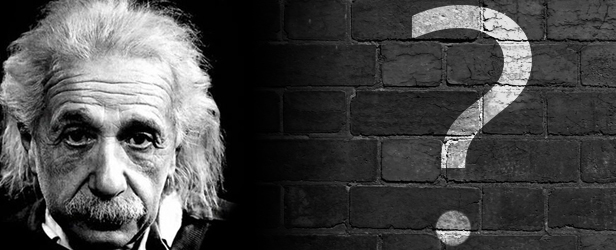
De novo lipogenesis (DNL) is the metabolic route by which mammals convert excessive carbohydrates, protein and other molecules into fat. It has been suggested that the high intake of carbs in the American diet, particularly refined carbs, may play a large role in the growing obesity problem.
Regina McDevitt and colleagues (2001) examined de novo lipogenesis in lean and obese women. The researchers investigated two groups. One group received an energy-balanced diet and the other group a positive-calorie diet consisting of carbohydrates.
The subjects included eight lean and five obese women averaging 52 years of age. The test diets were carbohydrate enriched with either sucrose or glucose, providing enough energy to maintain energy balance or to provide energy at 50 percent in excess of daily energy requirements. In lean subjects, overfeeding with sucrose and glucose resulted in two- to threefold de novo lipogenesis whereas in obese subjects a doubling of the rate of de novo lipogenesis only occurred in the sucrose-fed group. With the energy balance diet, the rate of de novo lipogenesis was nearly twice the rate in obese subjects compared to lean subjects.
The type of carbohydrates consumed showed no difference with regards to de novo lipogenesis. Women who had a high rate of de novo lipogenesis in response to the carbohydrate-rich control diet consistently had a higher response to the overfeeding diet.
Although the rates of de novo lipogenesis in carbohydrate enriched, energy balanced diets were significantly greater in obese women. The absolute quantities of fat synthesized from carbohydrates during both phases of the diet were relatively small. That is, levels of DNL were minimal.
Hellerstein (1999) has pointed out that the de novo lipogenesis is a path of last resort in regards to carbohydrate metabolism. The pathway for converting dietary carbohydrates into fat, is present in humans, but the capacity to convert fats into CHO does not exist. Eucaloric replacement of dietary fat by CHO does not induce DNL to any significant degree. Similarly, addition of CHO to a mixed diet does not increase DNL to significant levels, as long as CHO energy intake remains less than total energy expenditure. Only when CHO intake exceeds total caloric expenditure does DNL contribute significantly to the whole-body energy balance.
In conclusion, DNL is not the pathway of first resort for added dietary CHO in humans. “Under most dietary conditions, the two major macronutrient energy sources (CHO and fat) are not interconvertible.” (Hellerstein, 1999).
Findings generally suggest that under normal dietary conditions, DNL is not a big player in the formation of adipose tissue. Studies suggest that very high carbohydrate intake or metabolic abnormalities could up-regulate the DNL pathway.
In my 2005 edition of The Carbohydrate Files, I stated that I thought DNL was relatively common. After further analysis of DNL, including reviewing controlled studies and speaking with my colleagues and various researchers, I have concluded that the conversion of carbohydrate to fat is relatively small.












1 Comment